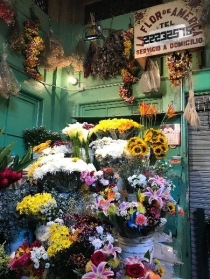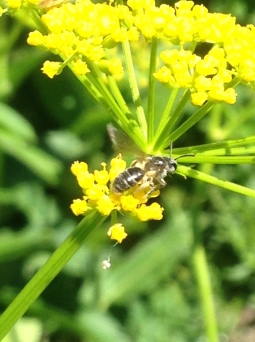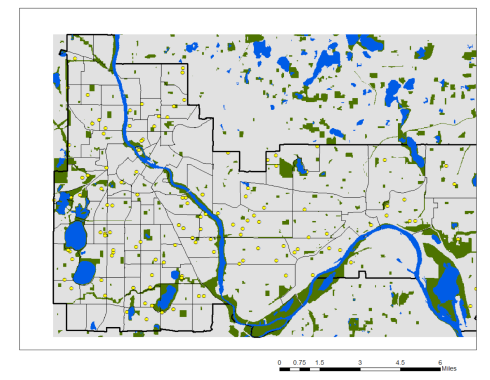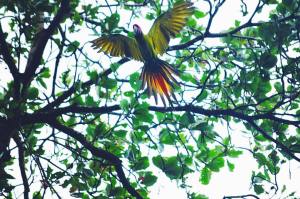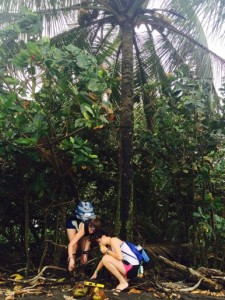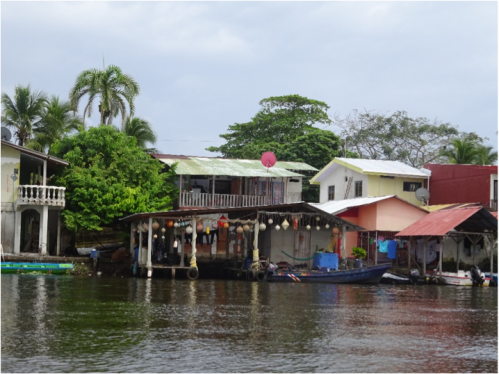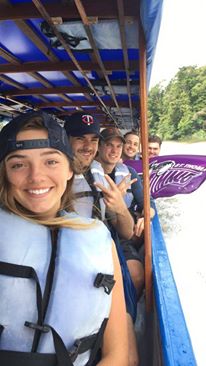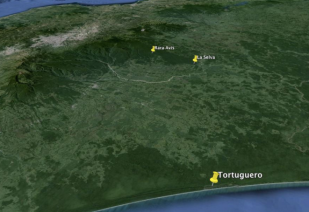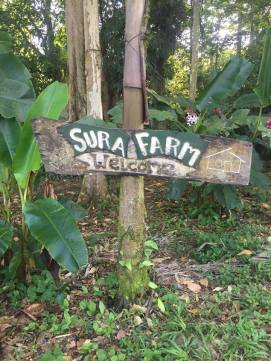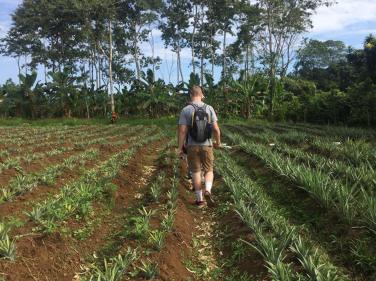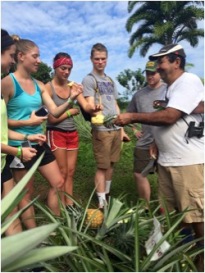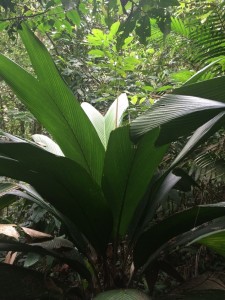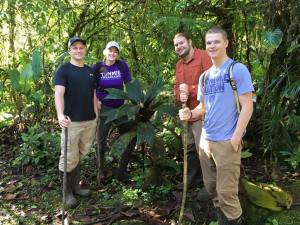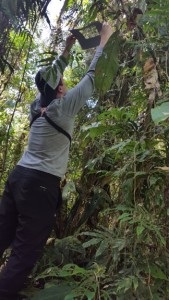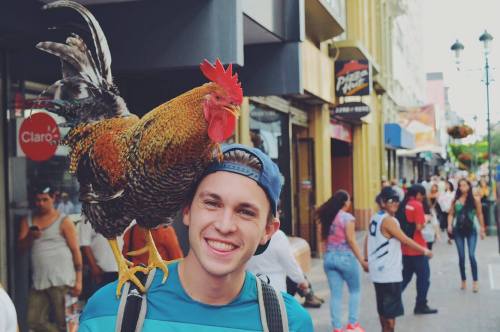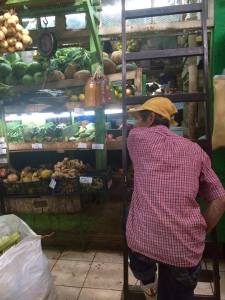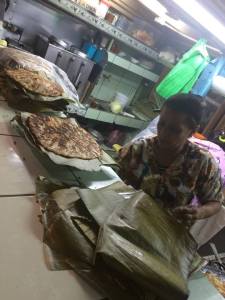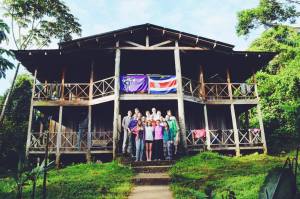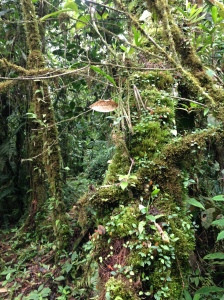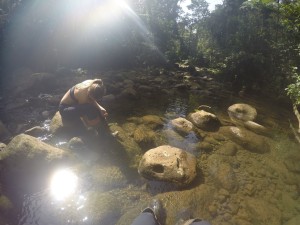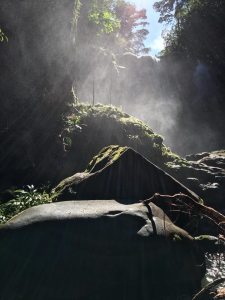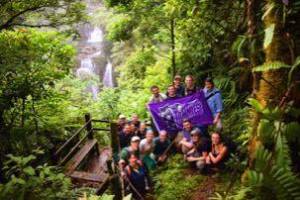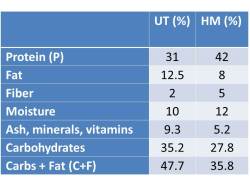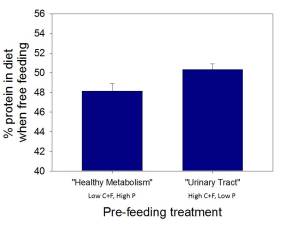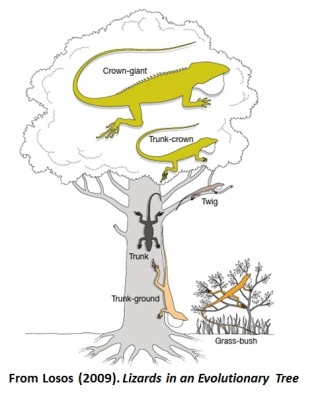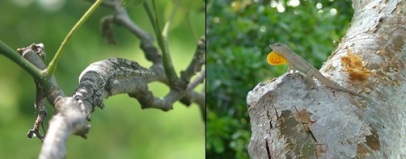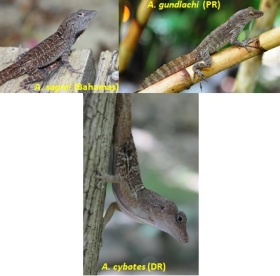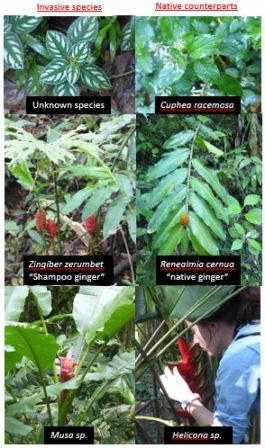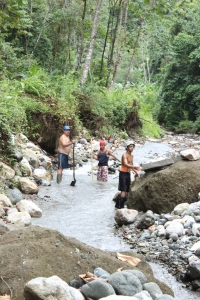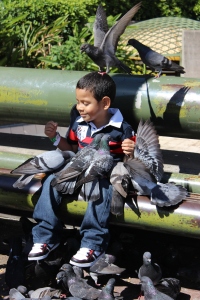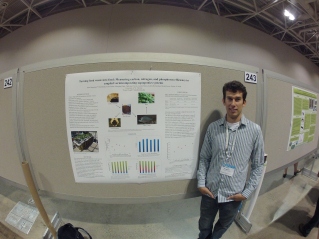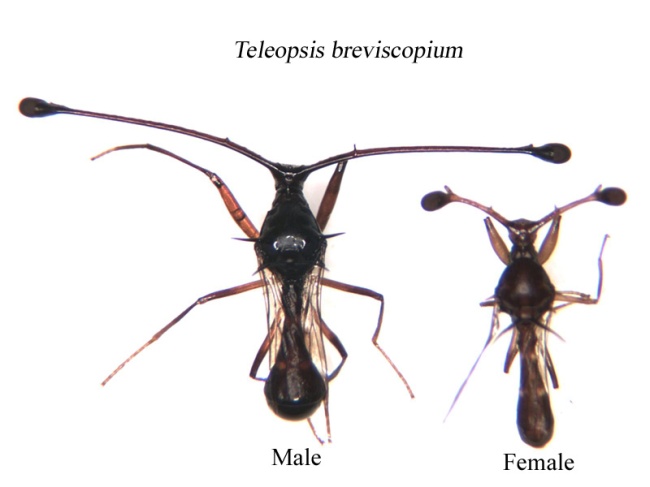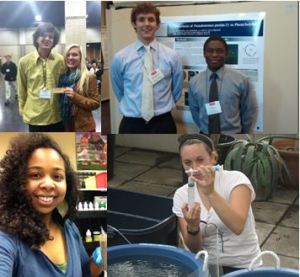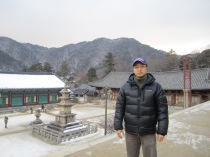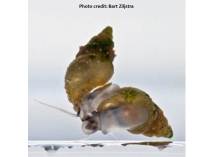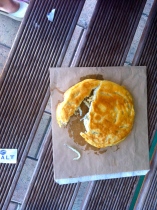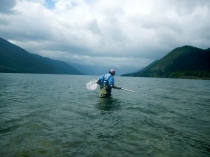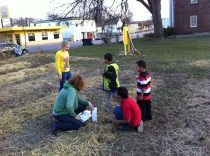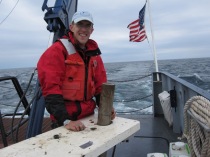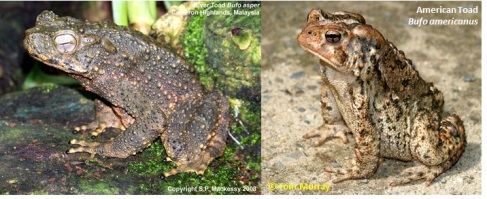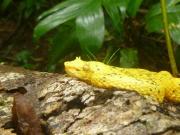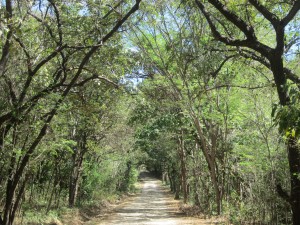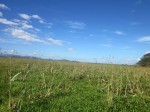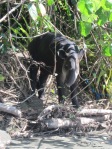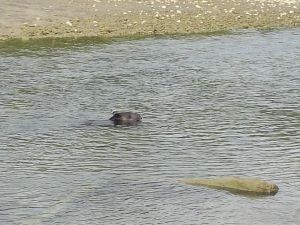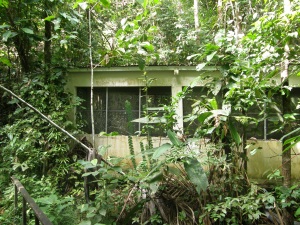The BIOL 211: Introduction to Field Ecology course is finished at our second site, the La Selva Biological Station. La Selva is one of the most important biological research stations in the New World tropics. Our students spent four days here. As always, they had to come up with a project idea, collect data, analyze their results, and present their findings to the group. It’s intense and demanding, but once again they’ve come up with new and exciting scientific findings. Their project abstracts and pictures are below:
Ch-Ch-Ch-Ch-Chit Chat: Strawberry “Blue Jean” Poison Dart Frogs respond to a wide range of call frequencies
Evan Keil, Ethan Ridgewell, McKenna Reid, Emma Squires-Sperling
Oophaga pumilio, the strawberry “blue jeans” poison dart frog, is one of the most striking amphibians in the New World tropics. These frogs use bright red and blue coloration to warn predators of their toxicity. They also chirp at specific frequencies and duration to attract mates and warn or intimidate rival males. Chirp frequency within calls might advertise a male’s quality if higher frequency calls are more costly to produce. Here, we tested whether chirp frequency influences other males’ response call time and duration. We also tested whether response differences were associated with male color intensity. We predicted that individuals will respond more often, more quickly and for a longer duration to faster frequency calls because these calls would signal more dominant (and thus more threatening) rivals. Alternatively, males could simply respond to a species-specific frequency and ignore other chirp frequencies. We also predicted that individuals with brighter coloration will have a shorter response time and a longer duration of their response. We conducted this study at La Selva Biological Station, Costa Rica over two days. We first created calls at three different frequency (slow = .75, normal = 1, fast = 1.25) using the Wavepad app to manipulate downloaded calls. Once a frog was found, we played calls at each frequency in random order. After each call, we recorded whether a frog responded, the time it took to respond (response time) and the duration of the response. We also recorded the brightness of the caller’s coloration. We found that males were equally likely to respond to each call frequency (DF = 2, P = 0.3581), and neither response time (F = 0.2596, DF = 2, P = 0.7730) nor response duration (F = 1.2036, DF = 2, P = 0.3125) differed significantly between call frequency treatments. These results are striking because they suggest that O. pumilio males respond aggressively to a wide range of call characteristics. We also found that male brightness did not affect responses (Call length: F = 0.8484, DF = 3, P = 0.4781. Response Time: F = 1.0574, DF = 3, P = 0.3813). Future work should identify the full range of chirp frequencies that can invoke a response in this species. We also note that we found some evidence for mimicry of call frequency by responders; this could be a topic for future work.

Oophaga pumilio

Playing manipulated calls to poison dart frogs

Ethan, Emma, and McKenna at work
Monkey business: Environmental impacts on monkey grouping behavior in a lowland tropical rainforest
Jessica Brown, Katie Hoffman, Zach Mader
La Selva Biological Station is one of the most important ecological research locations in the New World tropics. It is in a protected area of lowland rainforest, providing researchers with rare access to vulnerable populations of plants and animals. However, the station itself is large and could itself have an effect on species in the park. To test this hypothesis, we studied distribution patterns of La Selva’s three species of monkeys: howler monkeys (large, slow-moving vegetarians), white-faced capuchins (small, insectivorous monkeys), and spider monkeys (large, mobile opportunists). Monkeys are an important part of pristine rainforest ecosystems and are heavily influenced by habitat loss and other human disturbances. We focused on how the presence of the research station affects the distribution and relative positioning within groups, an indicator of group stress. Humans may be seen as a predator to monkeys, thus we predicted that individuals within groups would cluster together when groups were closer to the station. We tested this prediction by recording species, group size, number of trees occupied, and the spread of individuals during surveys over the course of two days. We used two different ways to estimate dispersal between the monkeys: the number of trees occupied by the group and the spread of individuals (= the distance between the most separated monkeys within a group). We found that capuchins are more likely to occupy more trees (F1,12=4.479, p= 0.0378) and have a larger spread (F1,12=10.973, p=0.0024) than spider monkeys (howler monkeys had intermediate spread/individual). Our main result was that, after controlling for group size, groups further from the stations had a larger spread among individuals (F1,12=13.338, p=0.003) and a trend toward occupying more trees simultaneously (F1,12=3.712, p=0.078). These results suggest that the La Selva station affects monkey behavior. Future studies should investigate whether changes result from repeated contact with humans or changes in habitat structure associated with the station and its grounds.

Howler monkeys photographed by the researchers

A white-faced capuchin

Jess, Zach, and Katie collecting data
If you’re feeling froggy: Amphibian predation risk differences between forest types at La Selva Biological Station
Brennen Arendt, Nick Hable, Madison Gonsior, Jenny Walz
Amphibian populations are declining across the globe. As a result, there is a pressing need for studies on the factors that influence amphibian population stability. A recent study at La Selva Biological Station in Costa Rica showed that amphibian populations have changed significantly over the last 35 years (Whitfield et al. 2007) declining in old-growth forests but increasing in secondary forest. Abandoned cacao plantations, a type of secondary forests, are previously disturbed areas that contain remaining cacao trees. These trees undergo yearly flushes, dropping their leaves and adding to leaf litter. Whitfield et al. (2007) speculated that relative increases in amphibians in secondary forest (abandoned cacao plantations) may be due to higher leaf litter density that in turn increases in available amphibian habitat. If leaf litter habitat is greater in secondary forest, it follows that predation risk will also be significantly higher in such habitat. The prediction emerges from the ideal free distribution model, which states that predators will arrange themselves proportionally to prey abundance. Here we first confirmed habitat differences between old-growth and secondary forest predicted by Whitfield et al. (2007). We found that there was 1.5 times more leaf litter (t=7.155, DF=10.04, P < 0.001) and 2.4 times higher soil moisture (t=2.389, DF=6.249, P = 0.026) in secondary forests than in old-growth forests. Light intensity did not differ significantly between forest types (t=0.1725, DF=11.971, P = 0.567). Second, we tested for differences in predation risk between habitats using clay model frogs. We created and placed 56 clay frogs in each habitat, then analyzed attack frequency between each forest type to estimate predation risk. Habitat type did not have a significant effect on predation risk (x2=2.176, p=0.1402), although the general trend of predation risk supported our hypothesis with 16.1% attack rate in abandoned cacao plantation compared to a 7.14% attack rate in old-growth forest. Although populations of amphibians are increasing in secondary forests, our results suggest that this growth may be dampened by predation, limiting the total potential of growth in these habitats. This could mean that the amphibian population growth in secondary habitats may not be able to offset the declines of amphibian populations in old-growth forests.

Clay frogs ready for deployment

Nick and Jenny checking for attacks on clay frog models
Fish ‘n Chip(s): How fish community diversity affects prey capture in a tropical stream
Sara Osborne, Zachary George, Quinn Whiting
Although biodiversity loss is pressing global concern, research is still needed in many systems to identify how species diversity affects ecosystem function. Within aquatic environments, fish can affect several ecosystem properties including nutrient cycling. However, the impact of fish on aspects of nutrient cycling such as prey capture can depend on fish diversity and community composition. Understanding the role of fish community composition is particularly relevant given that human impacts, such as dams, can favor opportunistic species over equilibrium species in fish assemblages. Here, we studied how different microhabitats and fish community features affect prey capture rates in a tropical stream. We predicted that greater prey capture rate would be associated with several habitat variables (high canopy coverage, shallow waters, slower flow rate, and smaller pool area). In addition, we predicted that both higher overall fish abundance and lower fish diversity would increase prey capture rate because such communities would have more fish and relatively more opportunistic feeders such as Astyanax aeneus. We studied nine microhabitats within the Sabalo River within La Selva Biological Station, a protected lowland rainforest site in Costa Rica. At each location, we seine netted in triplicate to analyze fish abundance and species diversity. We then measured area, canopy coverage, flow rate, and depth of the microhabitats. To determine prey capture rate, we dropped flecks of tuna and timed how long it took for them to be attacked by fish. A stepwise multiple regression analysis showed that abiotic factors explained 68% of the variation in capture efficiency, and the best-fit model showed that capture efficiency was associated with increased depth (p=0.041), more canopy coverage (p=0.078), and faster flow rate (p=0.092). Explanations for these include that deeper waters have more Astyanax aeneus, higher canopy coverage results in more insects falling into the stream (so fish are more accustomed to capture falling food), and faster flow rate increases the need to capture food quickly before it moves downstream. Surprisingly, capture efficiency was not associated with overall fish abundance, but was strongly correlated with lower species diversity (p=0.0005, R2=0.8433, n=9). Less diverse communities may be dominated by insectivorous fish, leading to an increase in capture efficiency. Our results suggest that changing certain stream dynamics due to deforestation and damming will have negative effects on nutrient cycling influenced by fish. Deforestation results in less canopy coverage over streams, resulting is less prey for the insectivores, and damming reduces flow rate which eliminates microhabitats that favor fish with higher capture efficiency, forcing these fish into the same microhabitat as lower capture efficiency fish and out competing them for food sources.

Astyanax aeneus (be careful with the pronunciation Sara)

Quinn and Zach seine netting
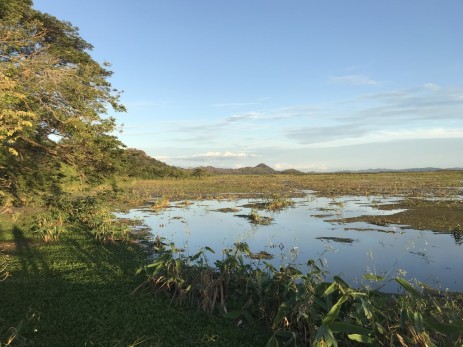
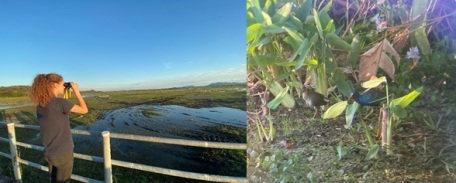
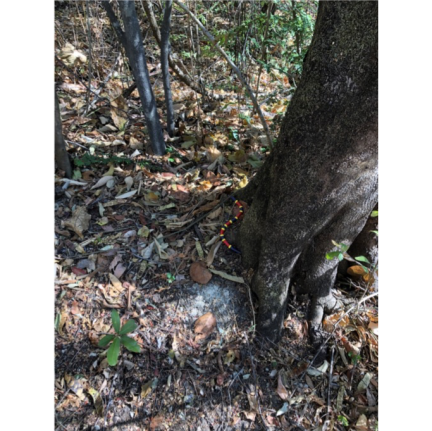
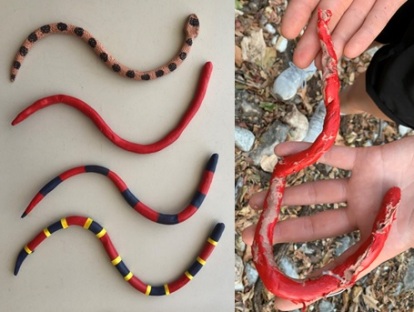
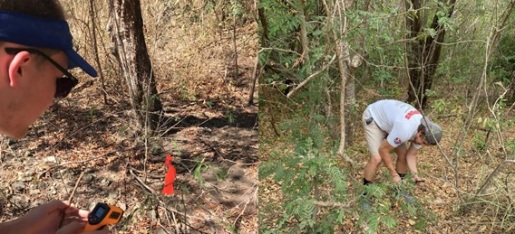
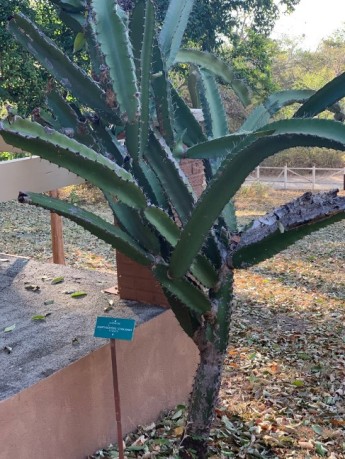
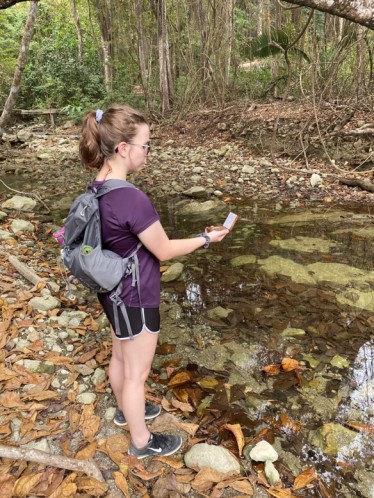



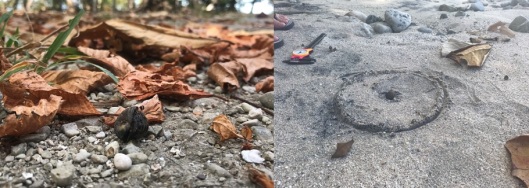
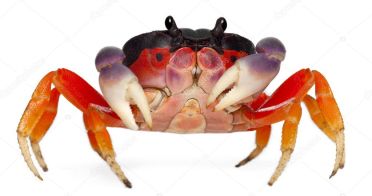
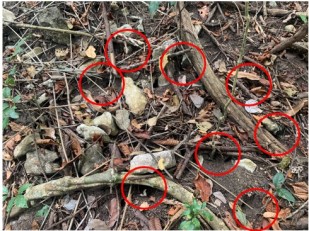
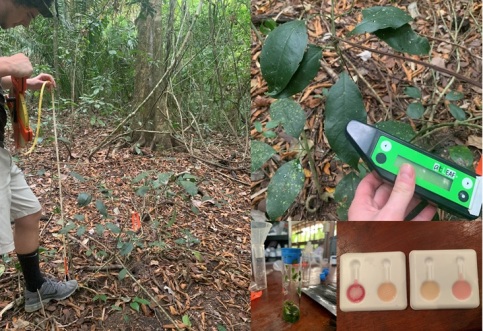
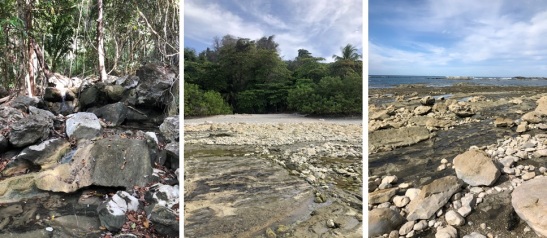
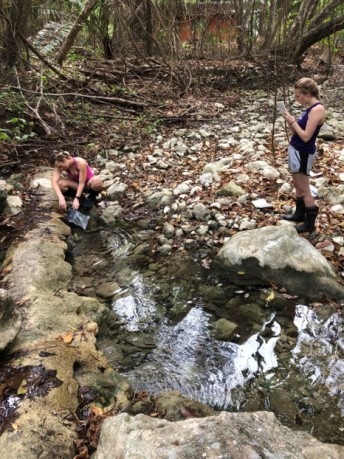
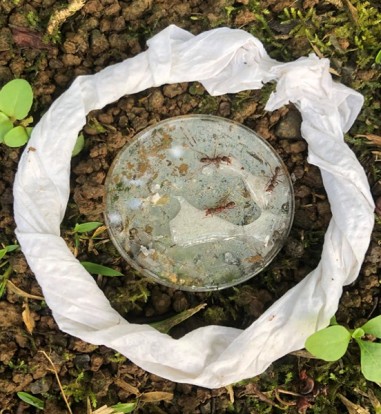
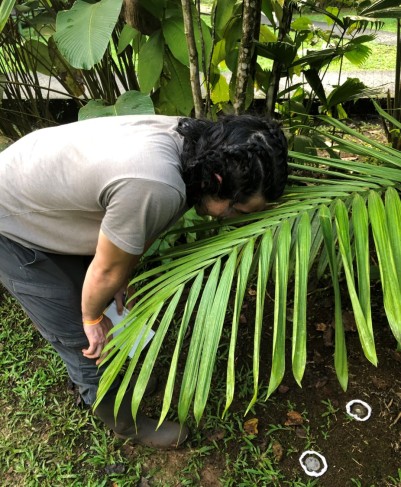
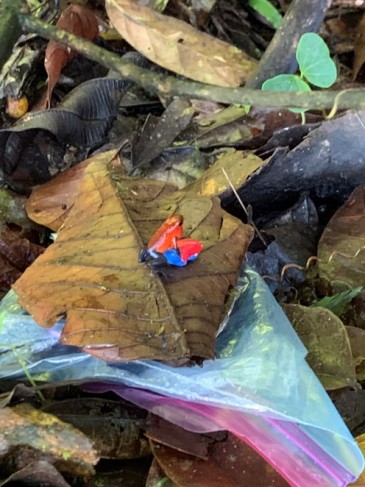

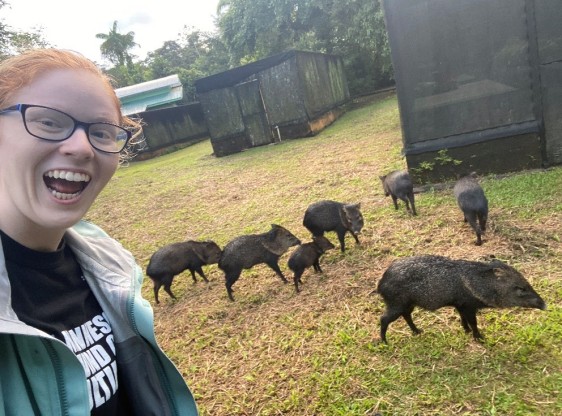
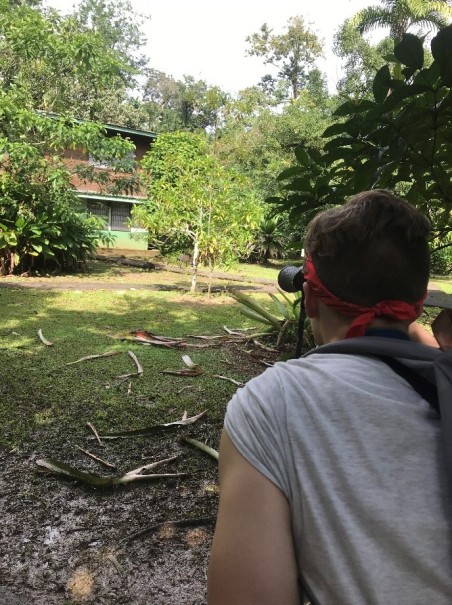
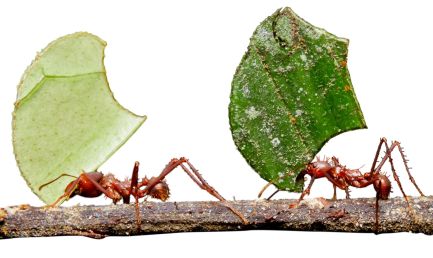
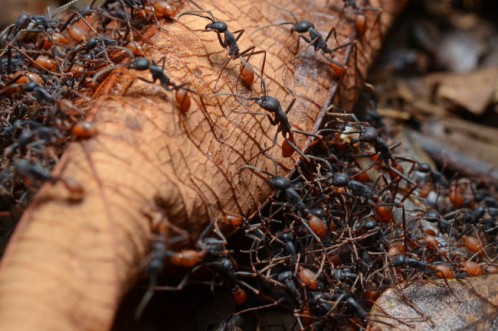
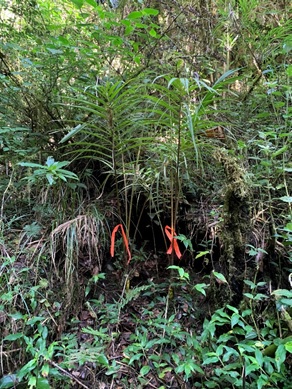
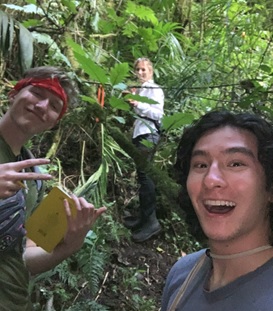
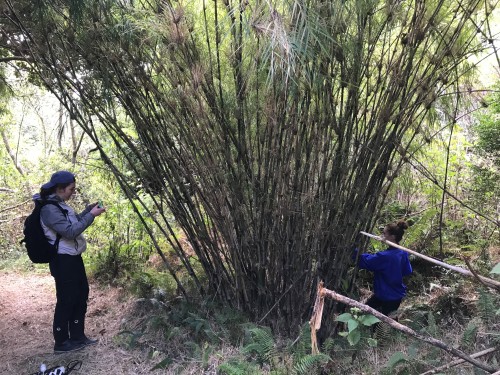
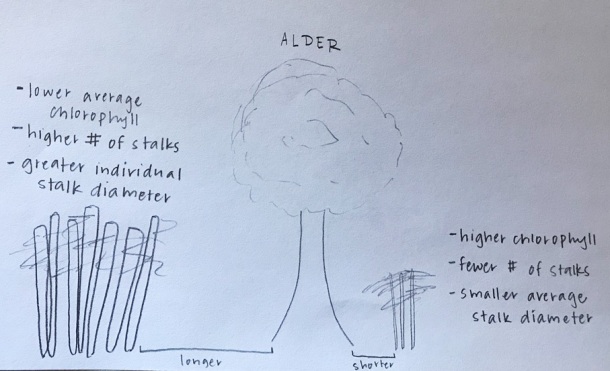
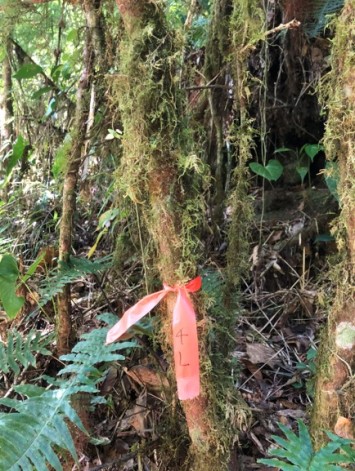
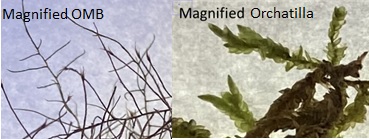
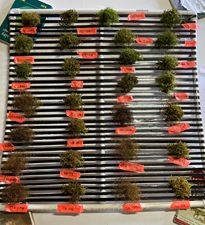
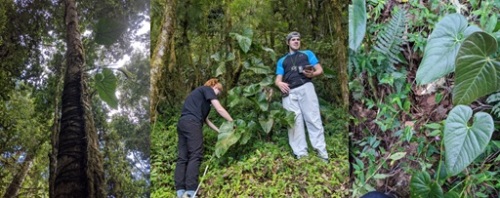
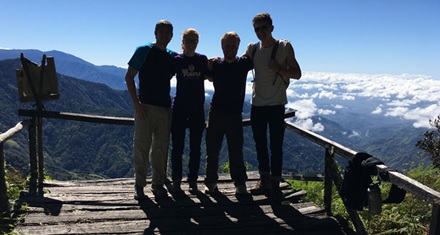
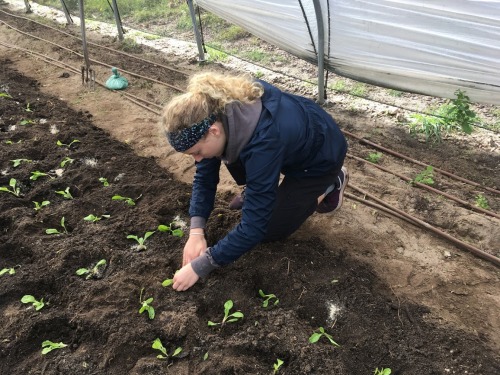







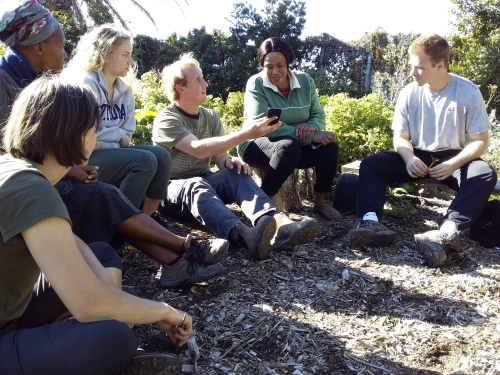
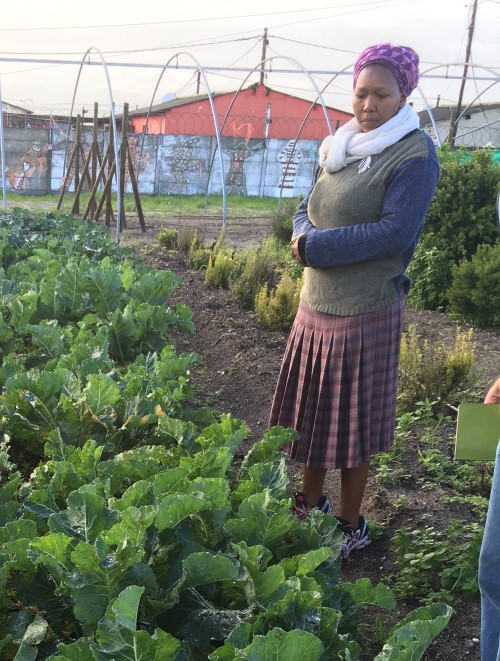
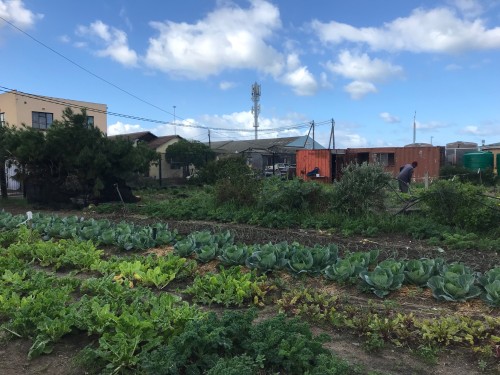
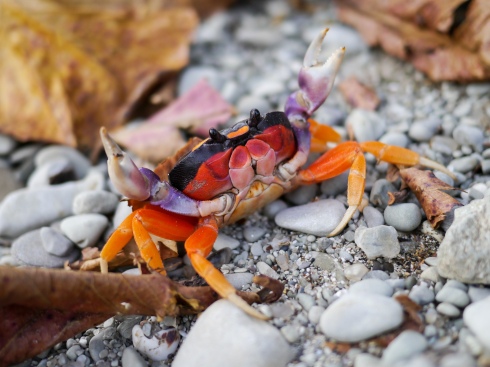
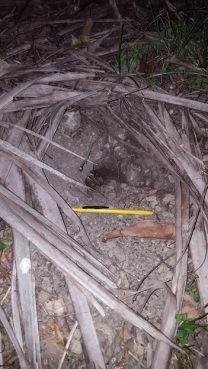
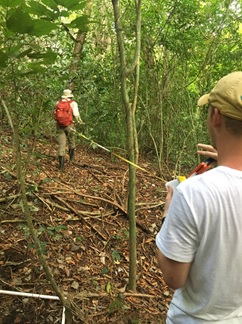

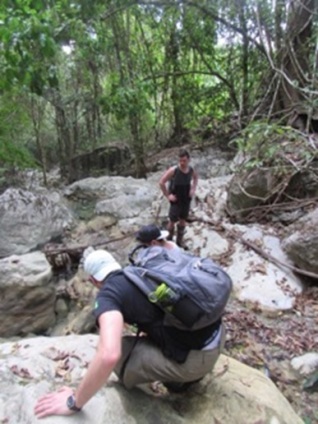
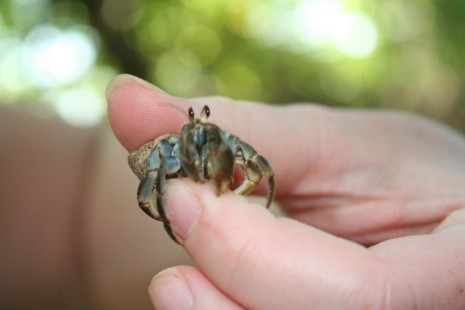
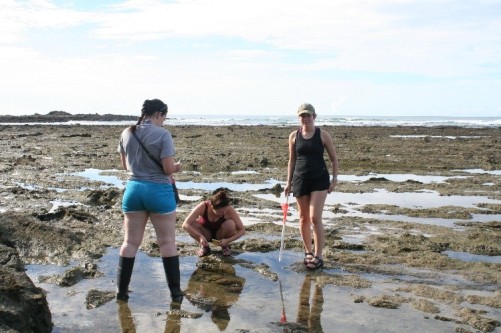
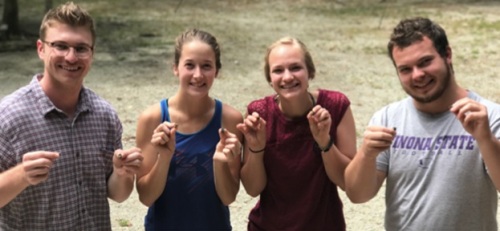
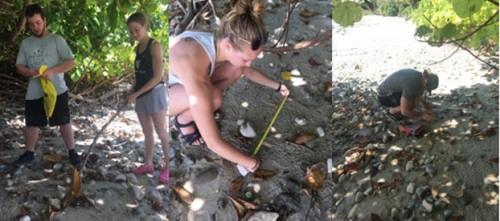
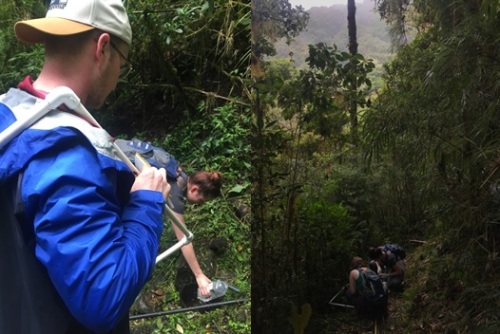
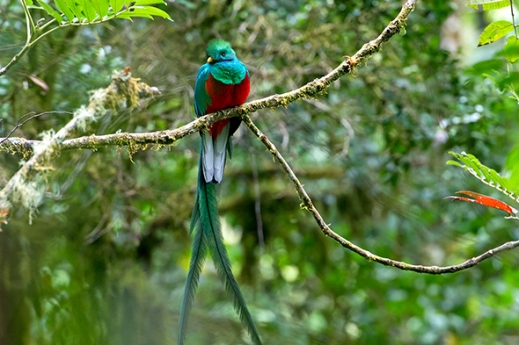
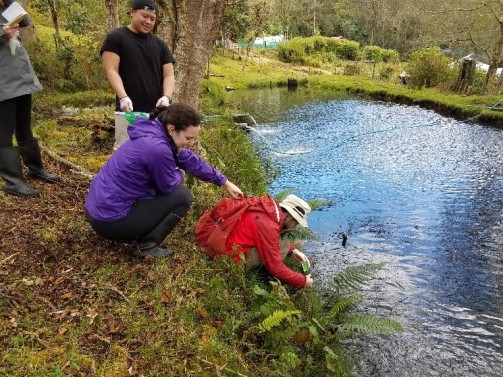
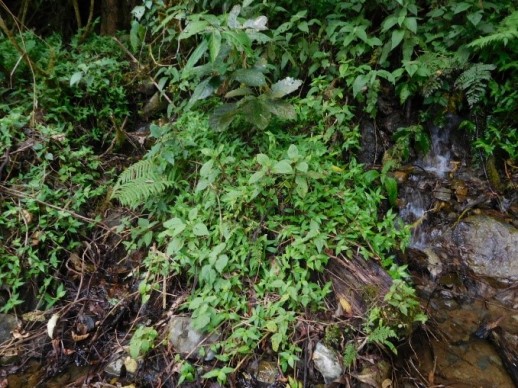
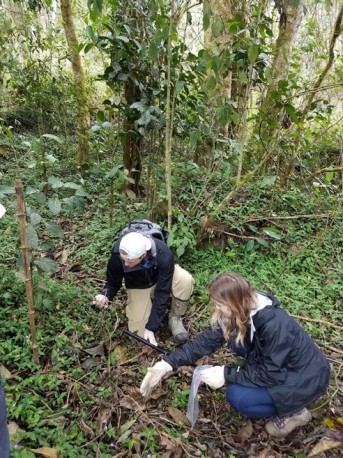
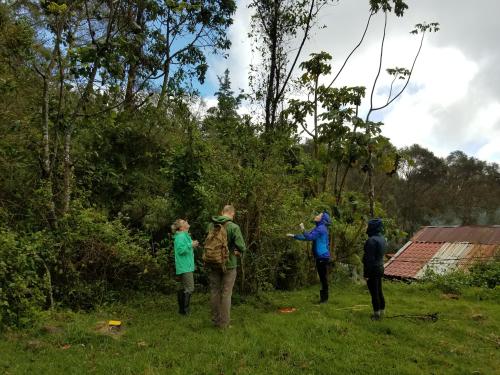
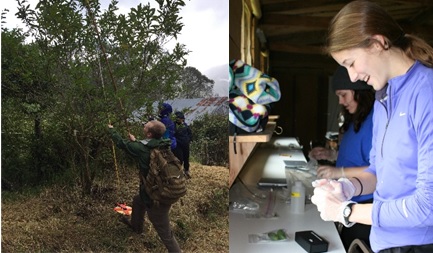
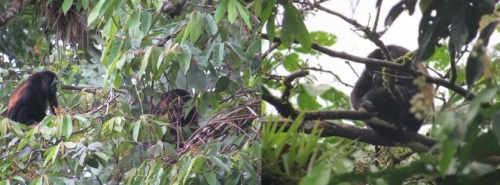
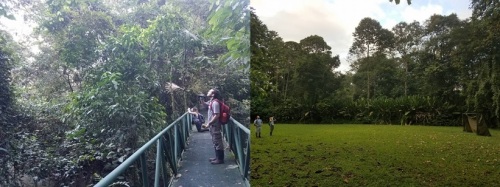
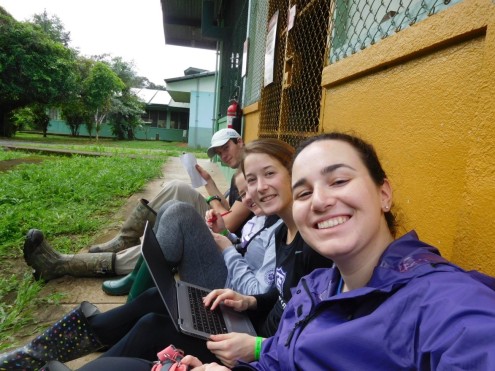
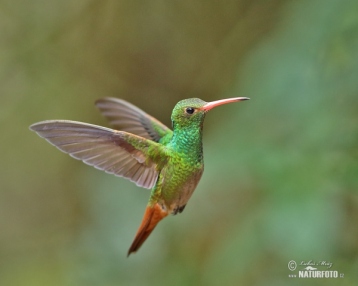

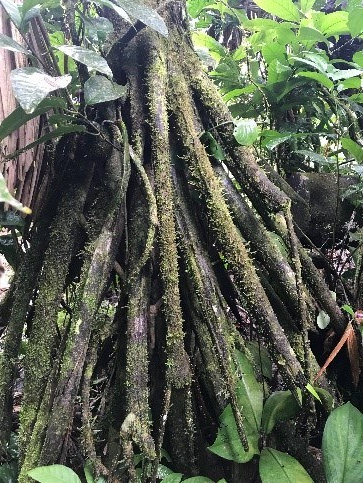
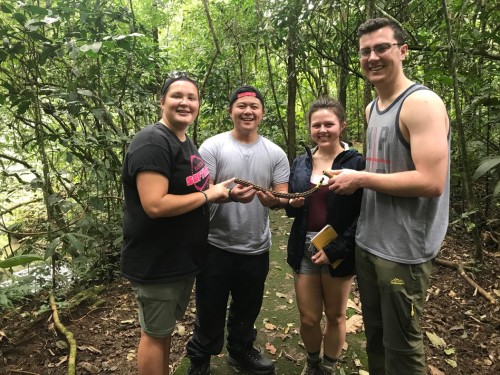
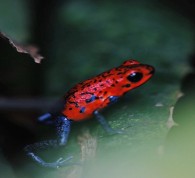 active. Likewise, it was also hypothesized that their calls would increase in response to a stimulated call and would decrease in response to a perceived predator when compared to baseline values. This was assumed to be the case in our hypothesis because they are territorial towards other frogs and would stay quieter in the presence of predators to protect themselves. An experiment was set-up in which the frequency of calls were recorded at various times throughout the day, with three trials of simulated (i.e., frog) calls and simulated snake movements during each time period. The results show that both the time of day (F3,87=4.99, P= .0036) and the treatment type (F1,87=33.23, P<.0001) had a significant impact of frog call frequencies. The interaction between the two variables (F3,87=2.22, P=.095) or the days the trials were performed (F1,87=1.46, P=.23) did not show any significance. These results indicate that frogs are the least active at sunrise compared to other times in the day, and were more responsive to the stimulated frog calls and less responsive to simulated snake movements compared to baseline values. These results can give insights to communication patterns of these poison dart frogs. It can also implicate their sleep patterns may be different from being a strictly diurnal animal, as it was active at night to other calls of nearby frogs and least active early in the morning.
active. Likewise, it was also hypothesized that their calls would increase in response to a stimulated call and would decrease in response to a perceived predator when compared to baseline values. This was assumed to be the case in our hypothesis because they are territorial towards other frogs and would stay quieter in the presence of predators to protect themselves. An experiment was set-up in which the frequency of calls were recorded at various times throughout the day, with three trials of simulated (i.e., frog) calls and simulated snake movements during each time period. The results show that both the time of day (F3,87=4.99, P= .0036) and the treatment type (F1,87=33.23, P<.0001) had a significant impact of frog call frequencies. The interaction between the two variables (F3,87=2.22, P=.095) or the days the trials were performed (F1,87=1.46, P=.23) did not show any significance. These results indicate that frogs are the least active at sunrise compared to other times in the day, and were more responsive to the stimulated frog calls and less responsive to simulated snake movements compared to baseline values. These results can give insights to communication patterns of these poison dart frogs. It can also implicate their sleep patterns may be different from being a strictly diurnal animal, as it was active at night to other calls of nearby frogs and least active early in the morning.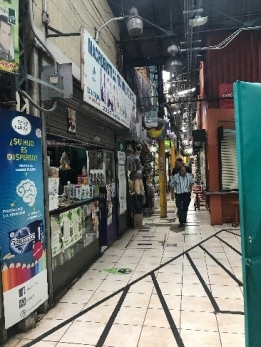
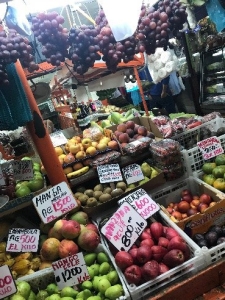 different shops that displayed the range of foods found in Costa Rica. In one shop, fresh fruit was being sold including grapes, mangos, bananas, pears, kiwis, and peaches. Also, more exotic fruits including the carambola, granadilla, and guayaba were found. Vegetables were also sold in the market. These included yucca, chayote, and plantains. A variety of fresh meat was also available at the market. Fish, pork, beef, chicken, and shrimp were common meats sold. Many of these products including fruits, vegetables, and meats are used in typical Costa Rican meals. For example, a casado is a dish that includes rice with a side of black beans, a vegetable like fried plantains, and a meat like chicken. It is amazing to see how the natural products of the land in Costa Rica have sustained the people living there and contributed to their culture.
different shops that displayed the range of foods found in Costa Rica. In one shop, fresh fruit was being sold including grapes, mangos, bananas, pears, kiwis, and peaches. Also, more exotic fruits including the carambola, granadilla, and guayaba were found. Vegetables were also sold in the market. These included yucca, chayote, and plantains. A variety of fresh meat was also available at the market. Fish, pork, beef, chicken, and shrimp were common meats sold. Many of these products including fruits, vegetables, and meats are used in typical Costa Rican meals. For example, a casado is a dish that includes rice with a side of black beans, a vegetable like fried plantains, and a meat like chicken. It is amazing to see how the natural products of the land in Costa Rica have sustained the people living there and contributed to their culture.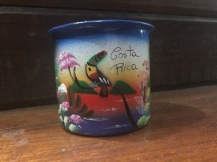 carvings, painted cups, and dolls. While walking through the shops, I found a store that sold these beautiful products. Shown to the right is one of the painted cups that was for sale. Talking with the shop owner, she explained to me that the cup had been painted locally and was inspired by the native animals of Costa Rica. On the cup is a painting of a toucan on a certain type of tree with pink flowers. Native species such as the toucan are used in
carvings, painted cups, and dolls. While walking through the shops, I found a store that sold these beautiful products. Shown to the right is one of the painted cups that was for sale. Talking with the shop owner, she explained to me that the cup had been painted locally and was inspired by the native animals of Costa Rica. On the cup is a painting of a toucan on a certain type of tree with pink flowers. Native species such as the toucan are used in 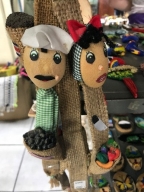 various forms of Costa Rican art. This product highlights how the natural world impacts culture. Also, at a nearby shop there were intricate, hand crafted dolls for sale (pictured on the left). These dolls were carrying baskets full of coffee beans and fresh fruit. Fruit and coffee beans are locally produced in Costa Rica. This again is an example of how the environment impacts society by influencing the products they create. Plants and organisms from the environment have impacted the culture which can be seen in their art forms.
various forms of Costa Rican art. This product highlights how the natural world impacts culture. Also, at a nearby shop there were intricate, hand crafted dolls for sale (pictured on the left). These dolls were carrying baskets full of coffee beans and fresh fruit. Fruit and coffee beans are locally produced in Costa Rica. This again is an example of how the environment impacts society by influencing the products they create. Plants and organisms from the environment have impacted the culture which can be seen in their art forms.